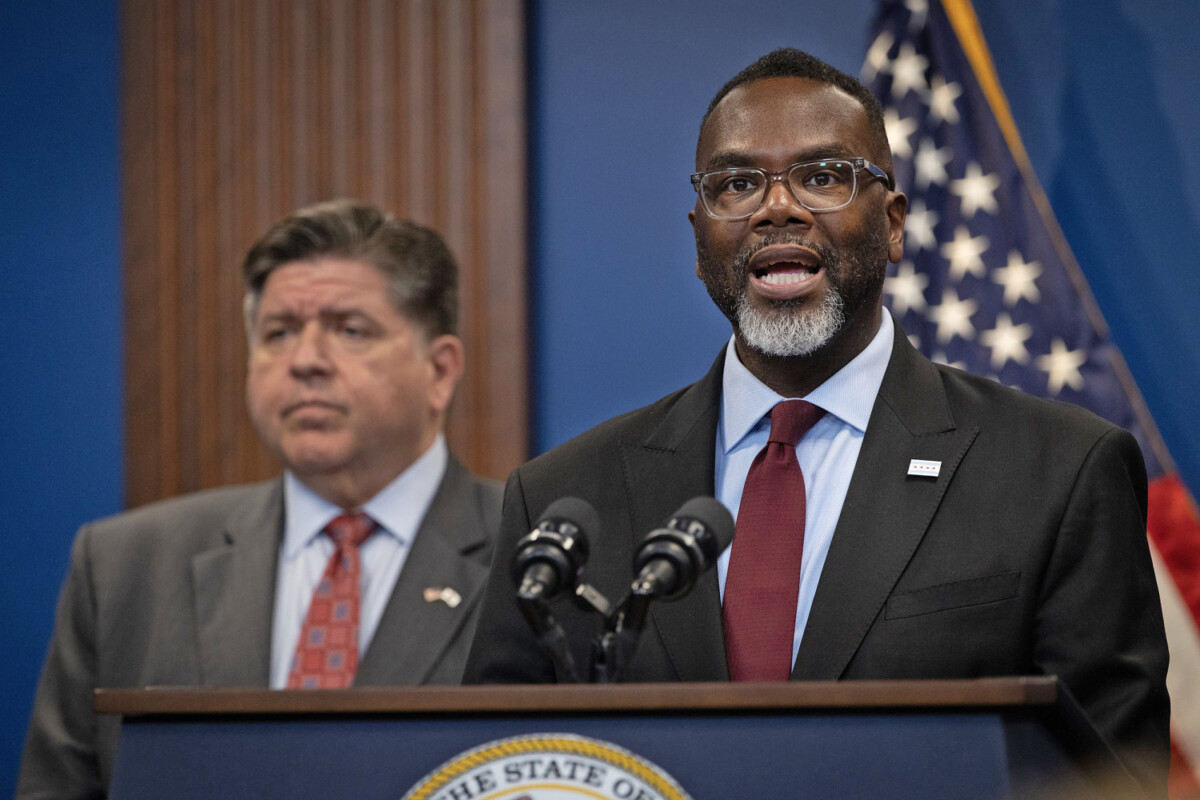Understanding the Fragility of Louisiana’s Coastline

Louisiana’s coast is a breathtaking tapestry of wetlands, marshes, and bayous that has been shaped over centuries by the mighty Mississippi River. But today, this intricate ecosystem is under threat. The state is witnessing a staggering rate of land loss, with estimations suggesting that an area equivalent to a football field disappears every hour. This isn’t just about losing land; it’s about losing a way of life. Communities, wildlife, and industries that depend on this land face an uncertain future. The urgency to address this crisis is palpable, as the consequences of inaction could be catastrophic for both the environment and the people who call this area home.
The Tangible Causes Behind the Crisis

Several factors contribute to the erosion of Louisiana’s coast, making it a complex issue to tackle. Rising sea levels, driven by climate change, are a primary culprit, leading to increased flooding and erosion. The historical practice of constructing levees along the Mississippi River, while essential for flood control, has disrupted the natural deposition of sediment that once replenished the coastal wetlands. Additionally, the extraction of oil and gas has caused land subsidence, further exacerbating the problem. Moreover, the loss of natural wetlands, often due to human development, has removed crucial buffers that protect against storm surges. Each of these factors intertwines, creating a challenging puzzle for environmental scientists and policymakers to solve.
Impact on Local Communities and Economies

The effects of coastal erosion extend beyond environmental concerns, deeply impacting the socio-economic fabric of Louisiana. Many coastal communities face the grim reality of relocation due to the increasing risk of flooding. This not only disrupts lives but also erodes cultural heritage and traditions. Economically, industries such as fishing and tourism, which rely heavily on healthy coastal ecosystems, are under threat. The loss of biodiversity and habitats affects fish populations, while the degradation of scenic landscapes diminishes tourism appeal. The ripple effects of coastal erosion are far-reaching, emphasizing the need for comprehensive strategies that address both ecological and economic dimensions.
Governmental Efforts in Combating Erosion

Recognizing the severity of the situation, state and federal governments have rolled out a series of initiatives aimed at mitigating coastal erosion. The Louisiana Coastal Protection and Restoration Authority (CPRA) has been at the forefront of these efforts, developing a master plan that focuses on restoration and protection. Key projects include the rebuilding of wetlands, the construction of levees, and the implementation of flood control measures. These initiatives are designed to not only protect existing land but also restore lost habitats. By investing in infrastructure and sustainable practices, the government aims to create a more resilient coastline that can withstand future challenges.
Engaging Communities in Restoration Efforts

Community involvement is a cornerstone of successful coastal restoration. Local residents, organizations, and businesses play a pivotal role in driving change and fostering a sense of stewardship for the environment. Volunteer programs have been established to engage communities in activities such as planting vegetation and cleaning up coastal areas. Educational workshops and seminars are also conducted to raise awareness about the importance of wetlands and sustainable land use practices. By empowering communities with knowledge and opportunities to participate, a collective effort is being made to safeguard Louisiana’s coast for future generations.
Funding and Financial Challenges

The scale of the coastal erosion crisis in Louisiana necessitates substantial financial investment. While the state has allocated significant resources, additional funding is often required to sustain long-term restoration efforts. Federal grants provide crucial support, enabling the implementation of large-scale projects. However, securing consistent funding remains a challenge, as the need often exceeds available resources. Private donations and partnerships with environmental organizations also play a vital role in bridging funding gaps. A multi-faceted approach to funding is essential to ensure the continuity and success of restoration initiatives.
Technological Innovations in Monitoring and Restoration

Advancements in technology are proving to be invaluable tools in the fight against coastal erosion. Drones and remote sensing technologies are used to monitor changes in coastal landscapes, providing real-time data that informs decision-making. Modeling software helps predict future erosion patterns, allowing for proactive planning and assessment of restoration efforts. Additionally, innovative solutions such as artificial reefs are being explored to stabilize shorelines and promote marine biodiversity. By leveraging technology, scientists and policymakers can develop more effective strategies that address the dynamic nature of coastal erosion.
The Looming Threat of Climate Change

Climate change looms large over Louisiana’s coastal erosion crisis, amplifying the challenges faced by the state. Rising temperatures, increased storm frequency, and changing precipitation patterns all contribute to the accelerating pace of land loss. Addressing climate change is not just an environmental imperative but a necessity for the survival of Louisiana’s coast. Mitigation efforts, such as reducing greenhouse gas emissions, must be coupled with adaptation strategies that enhance the resilience of coastal communities and ecosystems. The interconnectedness of climate change and coastal erosion underscores the need for holistic approaches that address the root causes of environmental degradation.
Collaborative Solutions for a Sustainable Future

The complexity of Louisiana’s coastal erosion crisis demands collaboration among diverse stakeholders. Government agencies, NGOs, academic institutions, and local communities must work together to develop sustainable solutions. Sharing knowledge, resources, and expertise can lead to innovative approaches that balance environmental conservation with economic development. Collaborative efforts also foster a sense of shared responsibility, ensuring that all voices are heard and considered in decision-making processes. By uniting for a common cause, stakeholders can pave the way for a future where Louisiana’s coast thrives, benefiting both nature and people.
Moving Forward with Determination

Addressing the coastal erosion crisis in Louisiana is a formidable challenge, but it is not insurmountable. With determination, collaboration, and innovation, solutions can be found that protect this vital ecosystem for generations to come. The journey ahead requires commitment from all sectors of society, a willingness to adapt and learn, and a shared vision for a sustainable future. By taking decisive action today, we can secure the legacy of Louisiana’s coast, preserving its unique beauty and cultural significance for the years ahead.





